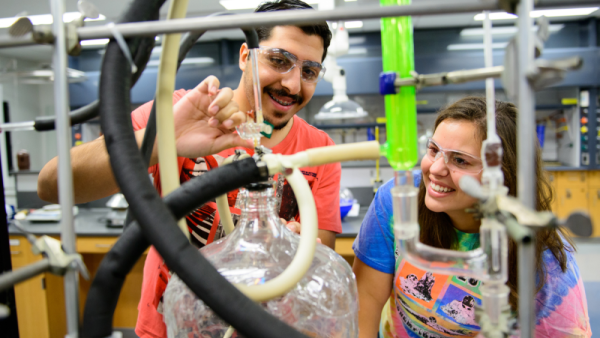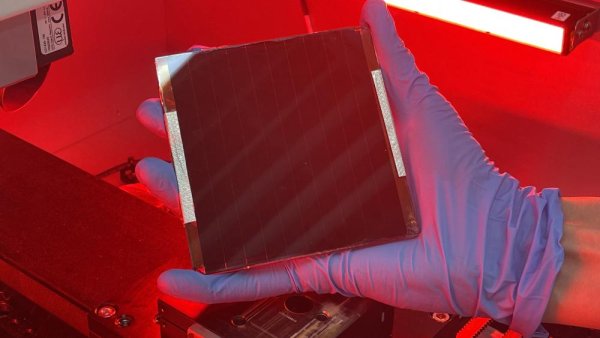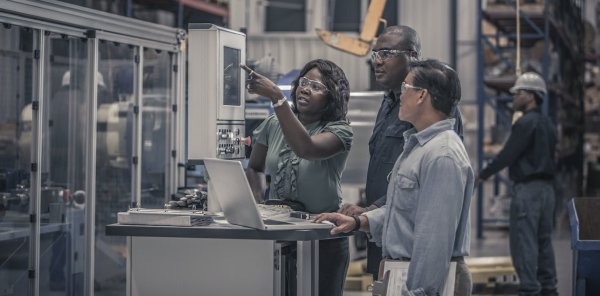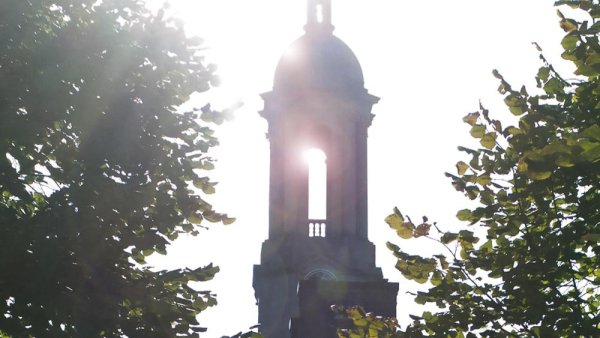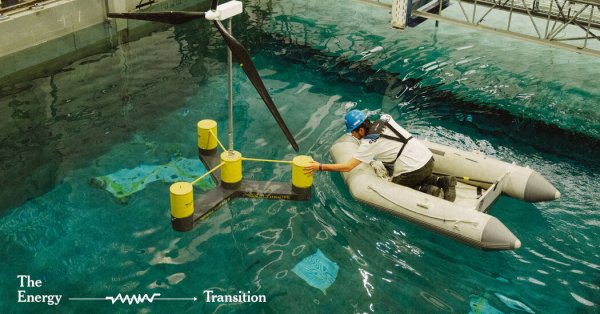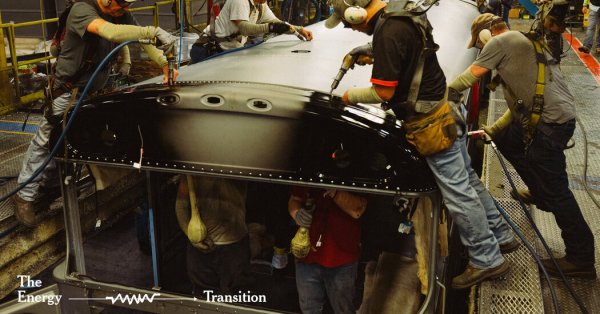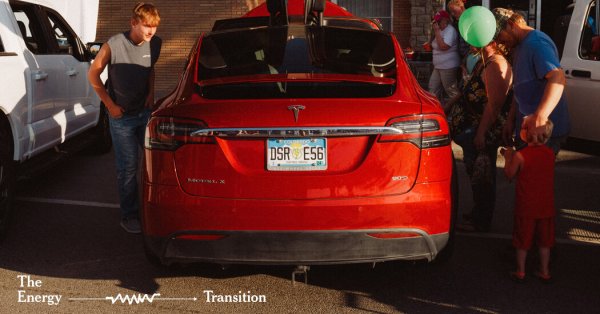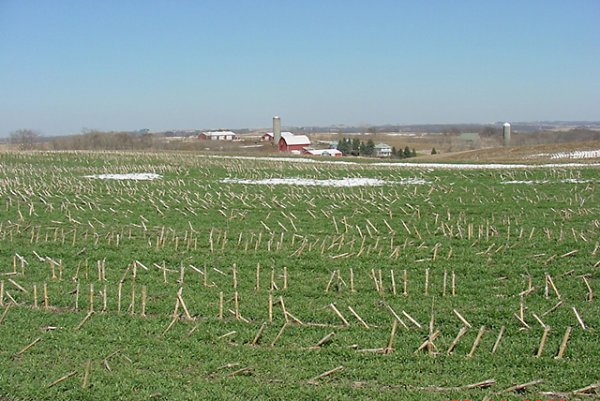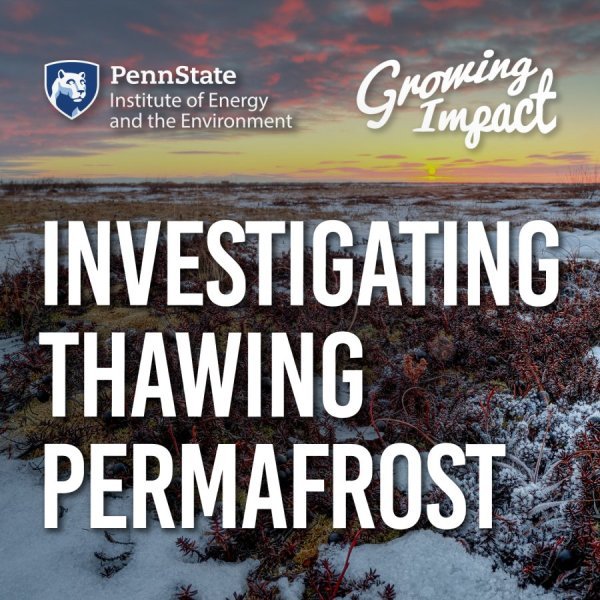Thicker, denser, better: New electrodes may hold key to advanced batteries
| psu.edu
To improve battery performance and production, Penn State researchers and collaborators have developed a new fabrication approach that could make for more efficient batteries that maintain energy and power levels.
No-cost, virtual short course helps researchers test startup ideas
| psu.edu
Penn State’s NSF I-Corps Short Course is now accepting applications for its Sept. 29–Oct. 13 cohort. The no-cost virtual program helps researchers test a startup idea through customer discovery and lean startup methodology. Apply by Sept. 15.
Cell protector: Bio-inspired solar devices boost stability, efficiency
| psu.edu
Borrowing from cell membranes, the protective barriers around cells in all living organisms, Penn State scientists have developed a new method for creating bio-inspired solar devices that could improve the performance of next-generation solar technology. They published their approach in Advanced Energy Materials.
Diverse teams can improve engineering outcomes − but recent affirmative action decision may hinder efforts to create diverse teams
| theconversation.com
Diverse teams can not only solve engineering problems more effectively, but the outcomes tend to be more inclusive, as a geographer and feminist scholar explains.
Engineering researcher joining Institutes of Energy and the Environment
| psu.edu
Derek Hall, an assistant professor in the College of Engineering’s Department of Mechanical Engineering, is joining the Institutes of Energy and the Environment on Aug. 15.
The legal and social complexities of solving climate change
| by Hannah Wiseman
As the United States and other countries around the world wrestle with climate change and its impacts, there is also a lot of debate related to the technology, finances, regulations, and social acceptance of potential solutions to climate change.
The clean energy future is roiling both friends and foes
| nytimes.com
Resistance to wind and solar projects from environmentalists is among an array of impediments to widespread conversion to renewables.
The clean energy future is arriving faster than you think
| nytimes.com
The United States is pivoting away from fossil fuels and toward wind, solar and other renewable energy, even in areas dominated by the oil and gas industries.
The clean energy future is a battle for hearts and minds
| nytimes.com
A broad, and sometimes quixotic, retail effort to win the fight against global warming is playing out one person at a time, with nary a mention of climate change.
2023-24 Promotion and Tenure Workshop series announced for faculty
| psu.edu
The Office of the Vice Provost for Faculty Affairs has announced the 2023-24 Promotion and Tenure Workshop series, which will provide an in-depth exploration of the promotion and tenure process for all Penn State faculty, including tenure- and non-tenure-line.
Rye the Right Crop for “Nabbing” Nitrates, Capturing Carbon and Generating Bioenergy : USDA ARS
| ars.usda.gov
A series of studies, begun in 2015, by a team of Agricultural Research Service and university collaborators suggests that establishing a cover crop of winter rye between rotations of corn and soybean can reduce nitrate losses, sequester carbon, and provide a source of renewable natural gas. Tom Richard, former IEE director, was a co-author on the paper.
Five engineering student teams honored in national airport design competition
| psu.edu
Five student teams from Penn State’s Engineering Leadership Development program in the School of Engineering Design and Innovation earned recognition in the 17th-annual University Design Competition for Addressing Airport Needs, sponsored by the Transportation Research Board’s Airport Cooperative Research Program.


